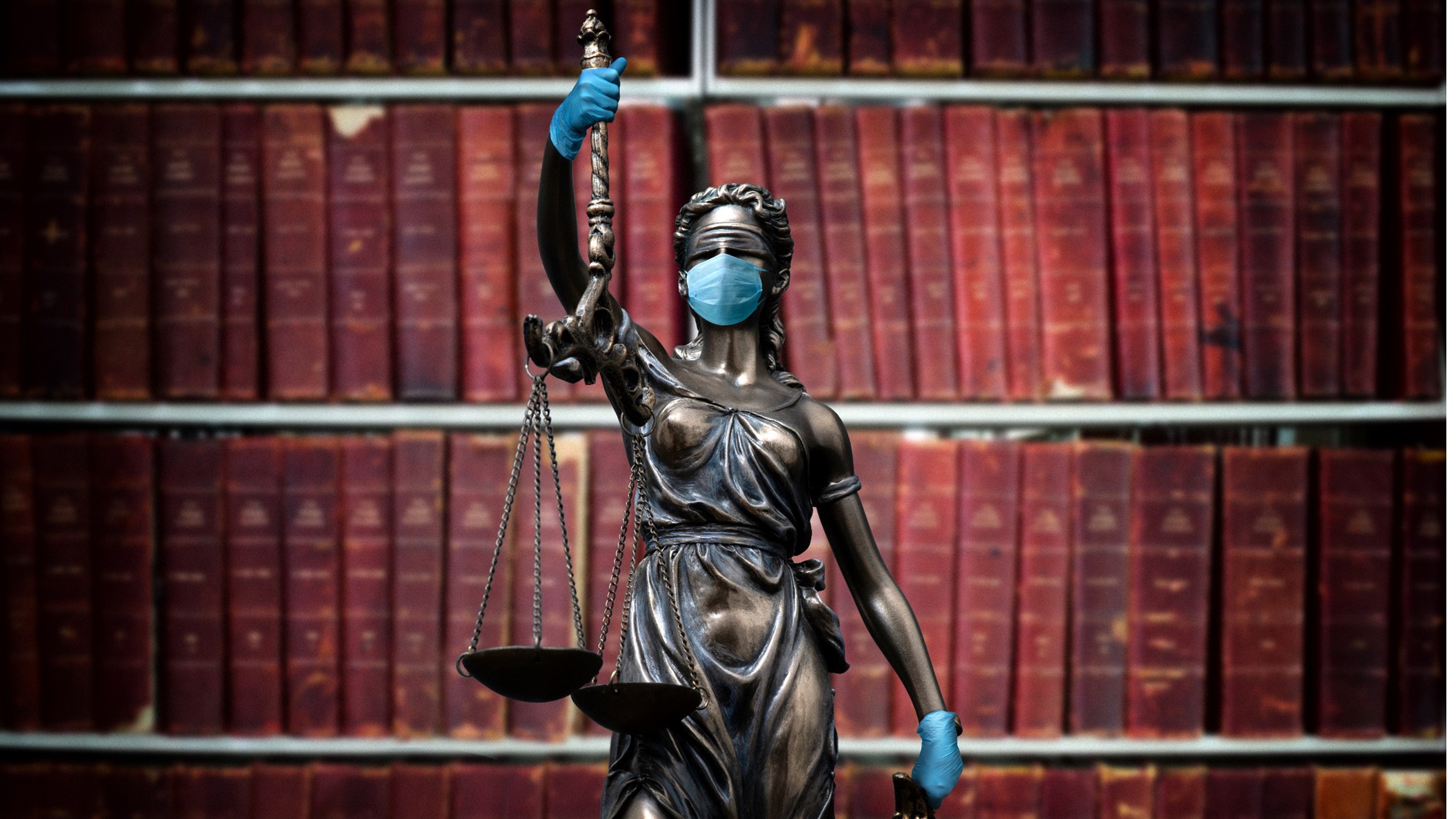

How COVID-19 is Changing the Class Action Landscape
- Class Action & Mass Tort
- 6 Mins
What Type of COVID-19 Class Actions Have Popped Up Recently?
It is not surprising that ‘failure to refund’ types of class actions have already taken form. Naturally, consumers asked for refunds if they could no longer do the things they paid due to pandemic-related restrictions. Considering all the uncertainty related to the pandemic, consumers were shocked when businesses denied their refund requests. The biggest instance of this type of consumer upset was with airline companies. When the US went on lockdown, people who had paid for flights, which were promptly cancelled, were still ineligible to receive a refund for those flights. Currently, there are over 40 class actions against several domestic airline companies for failure to refund people who paid for flights they were unable to take because of the COVID-19 pandemic.
The push to consolidate all airline cases into multidistrict litigation is increasing. The common theme in all these suits are arguments which claim that while the airlines allow for refunds in their contracts, they denied refund requests for flights grounded due to the pandemic. Instead of refunds, many airlines presented consumers with vouchers for future travel, which is not what consumers wanted. Regardless if multidistrict litigation comes into fruition, the court may likely certify a good number of these class actions which will be costly to struggling airline companies and they will need to consider the benefits of a global settlement.
Other ‘failure to refund’ cases are being filed against educational institutions, event ticketing agencies, hotels, fitness clubs, and more. These cases are tricky because these organizations stopped providing access to their students, members, or the public because government-issued restrictions required them to cease operations. Should these types of organizations have to issue refunds for travel expenses consumers expended but were never able to enjoy? Or for monthly fees related to facility usage that members were unable to take advantage of due to these restrictions? Or to students who were forced to finish their college semester remotely and live off-campus? Besides ‘failure to refund’ cases, there have been some class actions against cruise lines for continuing normal operations despite knowing that coronavirus risks were increasing. By maintaining standard operations, cruise lines put staff and passengers at harm.
Plaintiffs should expect to see these businesses and institutions challenge class certification, invoke force majeure clauses, and assert other defenses to attempt dismissal. This is unchartered territory and the courts are going to need to make tough decisions when it comes to proceeding with class actions stemming from the pandemic.
Predictions for the Future
The amounts of class actions that may result from the pandemic are endless. It is certain that courts will see an increase in the ‘failure to refund’ cases discussed above since this issue affected several different groups of consumers. However, other classes that could pop up in the courts over the next year or so will likely include:
- Individuals affected by personal protection equipment, like masks and gloves, that failed to sufficiently protect a person.
- Employees and/or consumers who became sick because businesses failed to implement safe work practices after reopening.
- Smaller businesses that did not receive appropriate aid from banks because they instead prioritized their larger clients and institutions.
- Consumers affected by businesses that price gouged certain necessities after the government declared a state of emergency.
- Companies or employees that are experiencing privacy violations under new laws like the CCPA and the increased use of videoconferencing software (like Zoom).
These are just a few examples of other instances where large classes of people could have merited class action claims related to the pandemic. Many other scenarios are plausible. In addition, individual lawsuits relating to the above and other pandemic related harm will definitely continue rise.
Conclusion
As with most aspects of life, the pandemic’s impacts are changing the class action landscape. The growing number of class actions in the U.S. will steadily continue to rise and evolve as new issues come into light. Litigators and businesses should keep in mind that these cases may take some time since several states are phasing in their reopening plans. Upon reopening, the courts will need to work through backlogs and cases that were stalled during shutdowns. Regardless, as businesses reopen, they need to keep class actions on the top of their minds. Some best practices include implementing clear communication with employees and the public about safety measures and having strong risk controls in place prior to resuming operations. Controls could include posting extra warnings on websites and business doors about individual safety measures and risks associated with the coronavirus. These types of safety precautions and others can help limit the number of class actions in the future and provide businesses with legal protections.
The contents of this article are intended to convey general information only and not to provide legal advice or opinions.